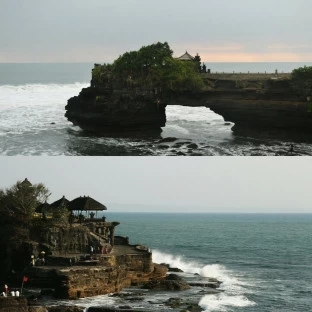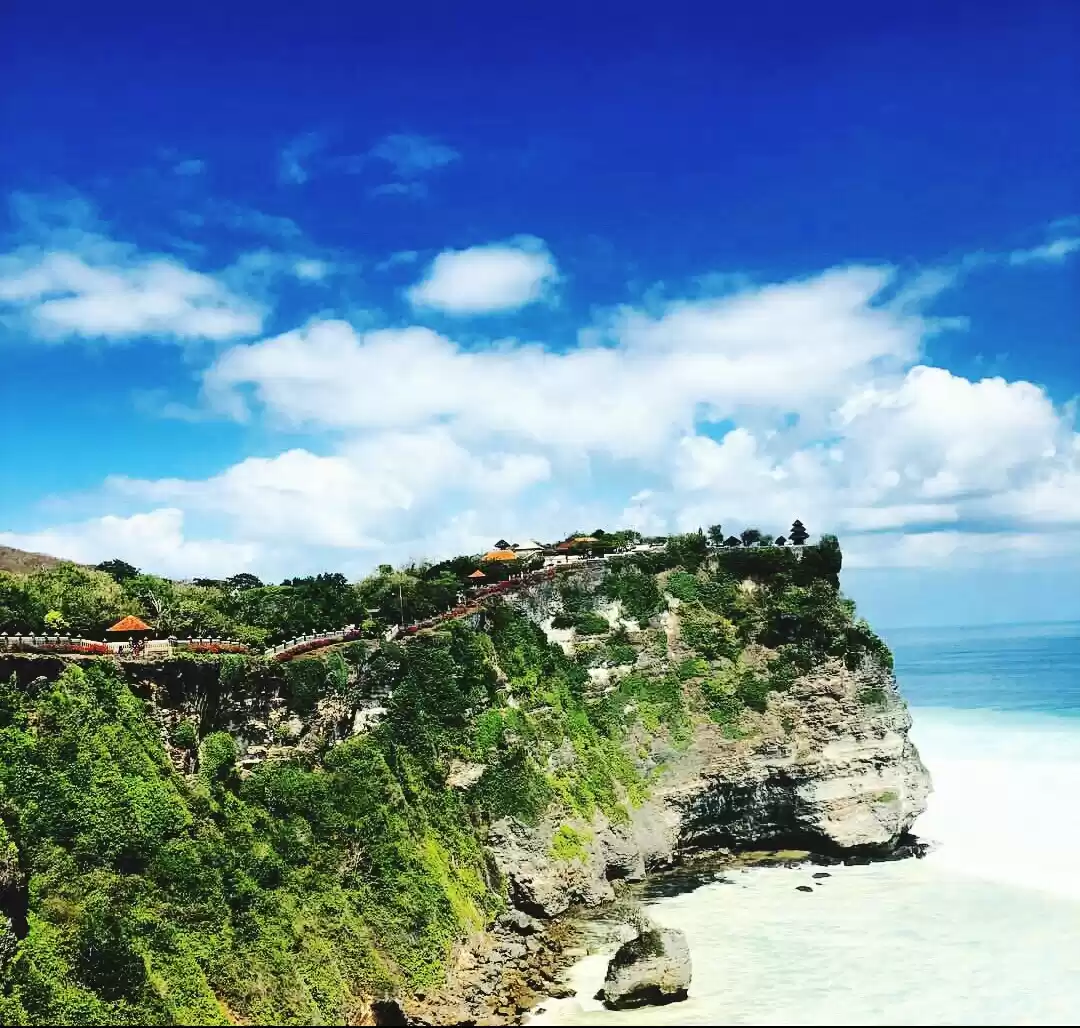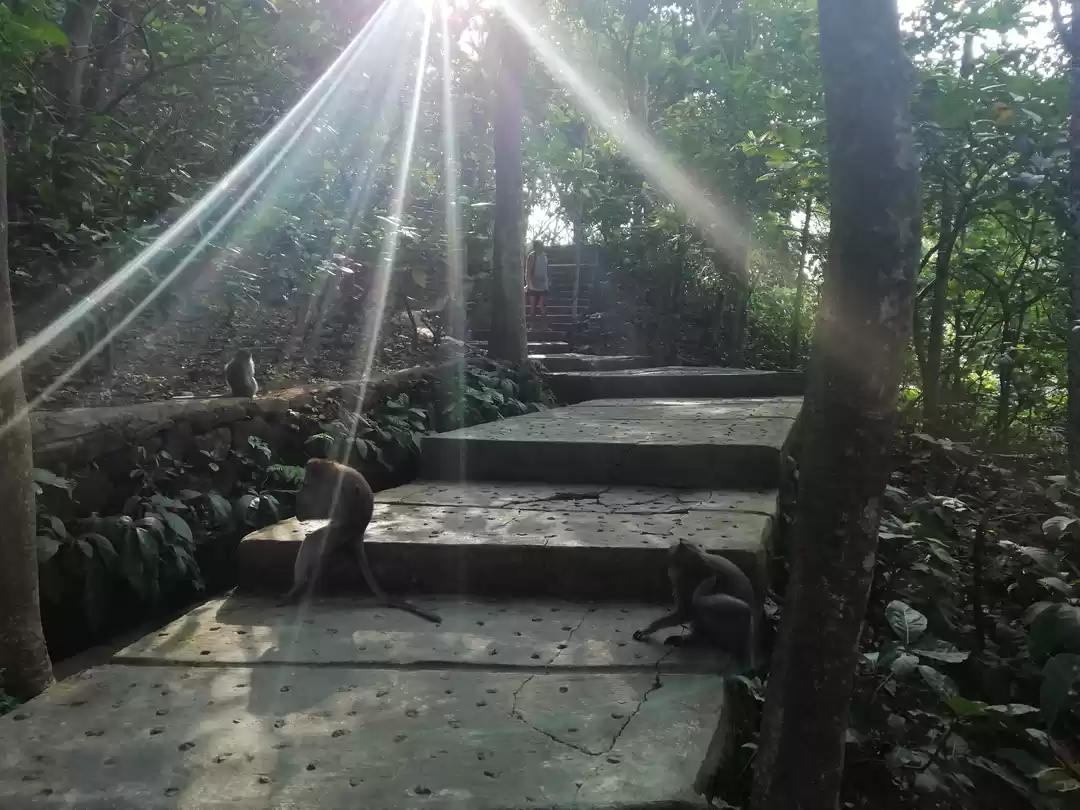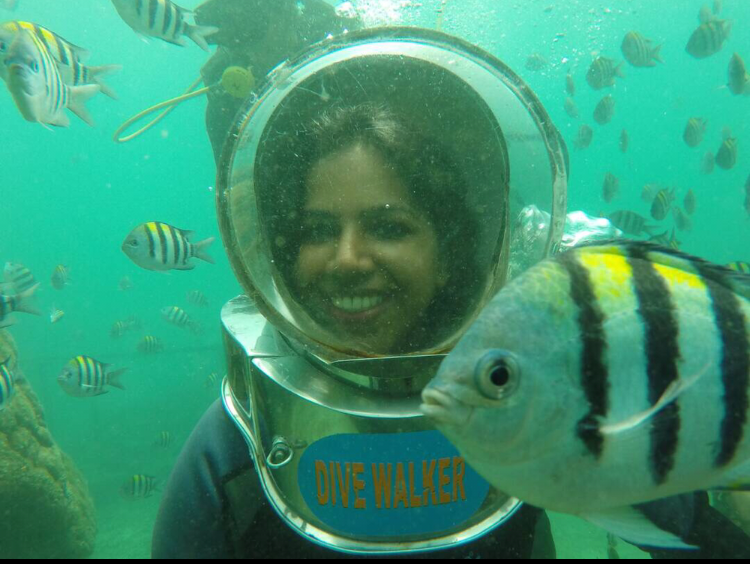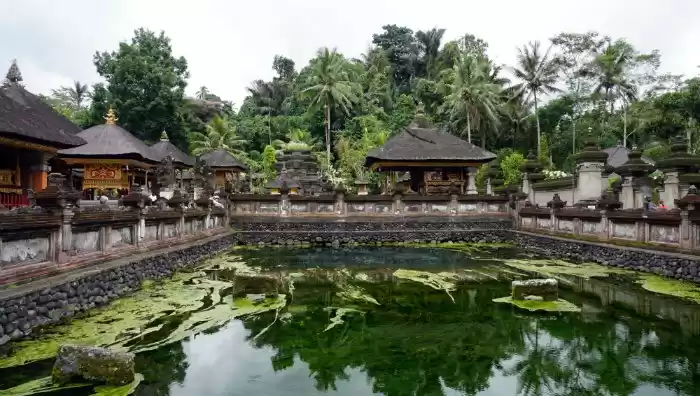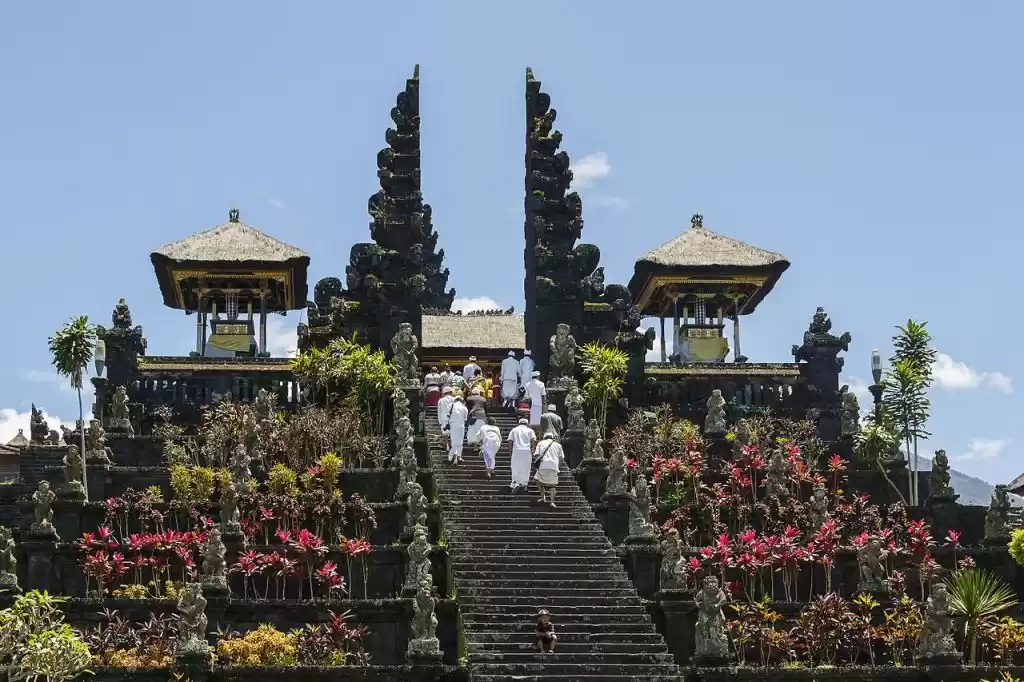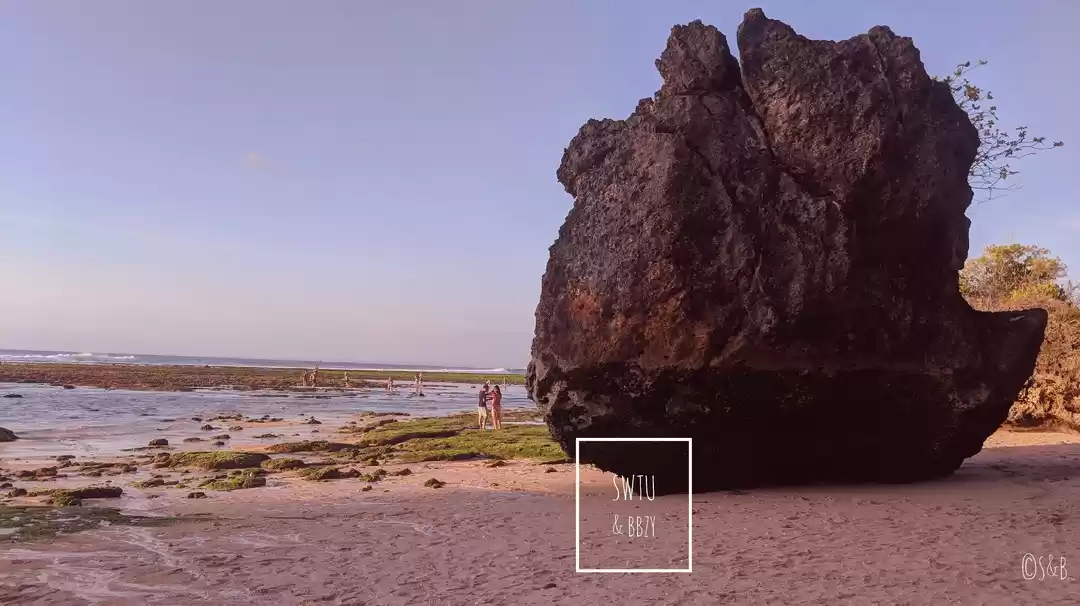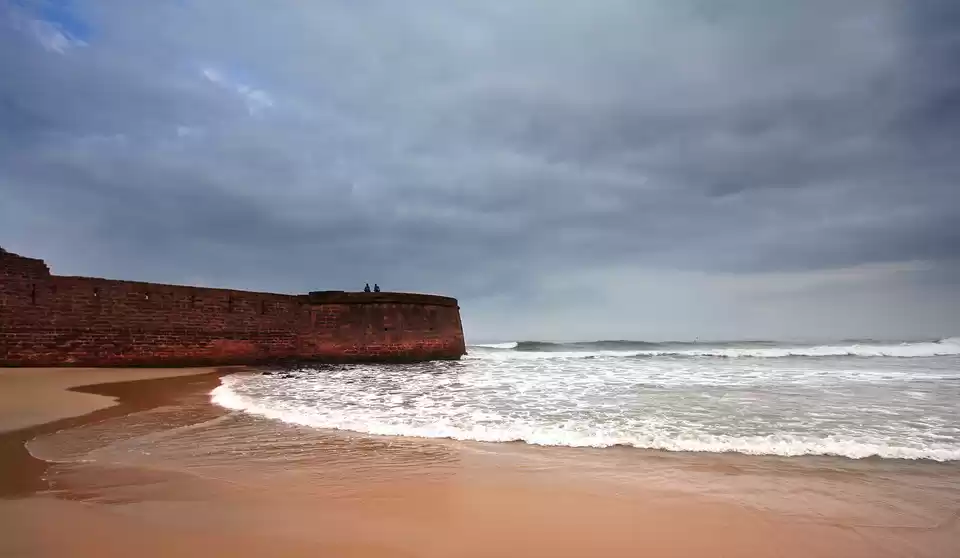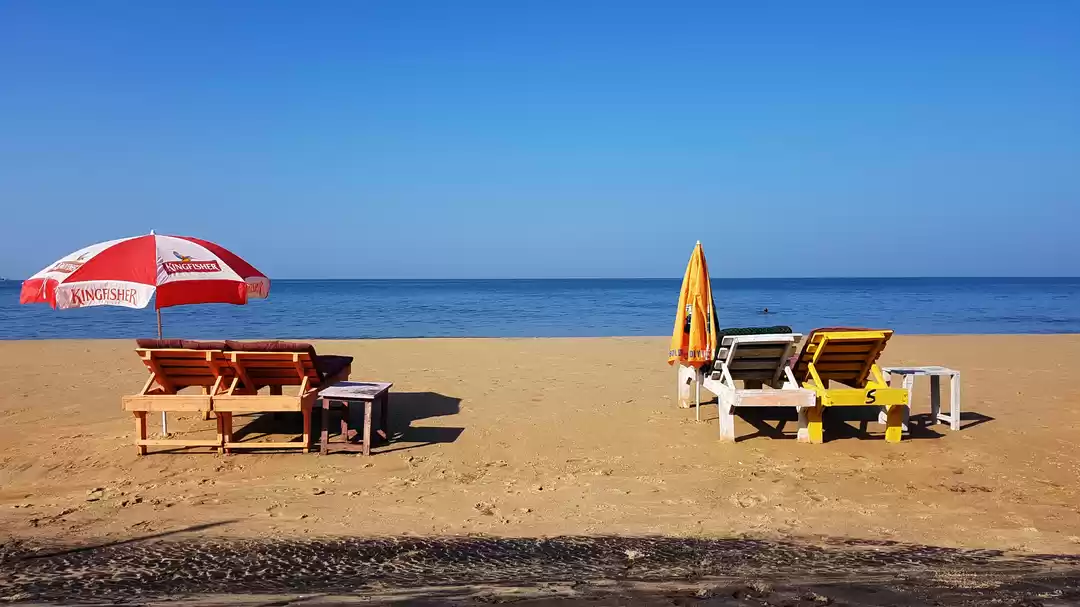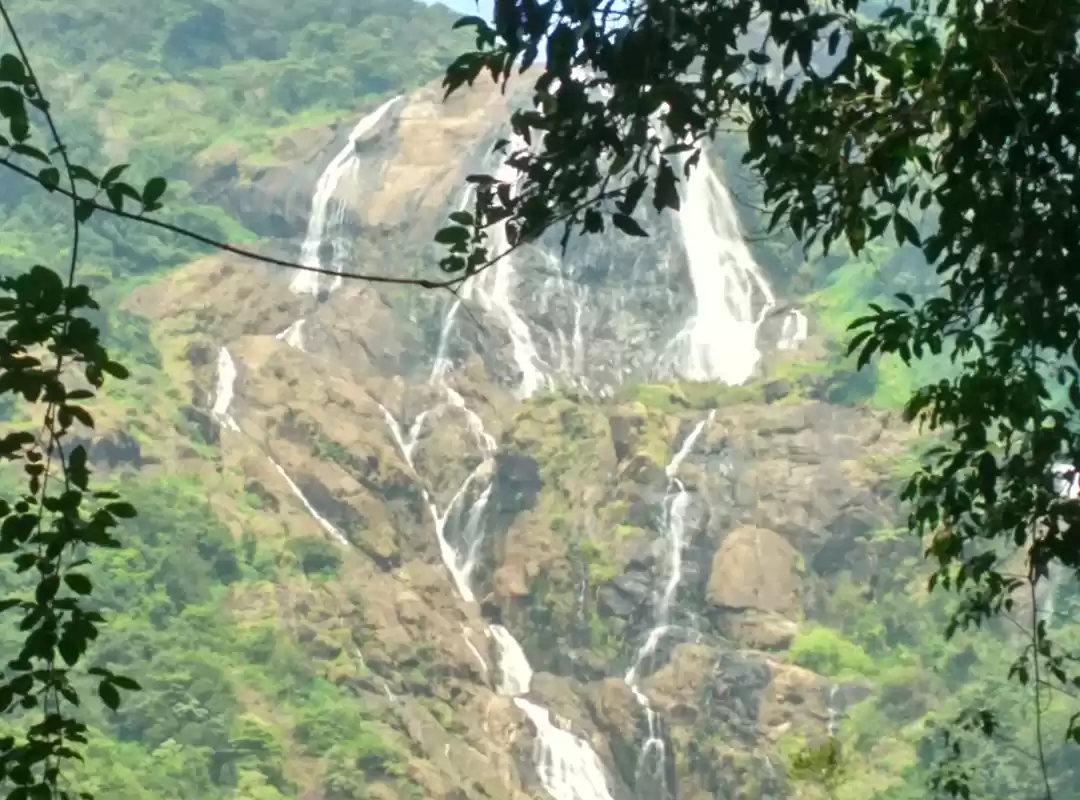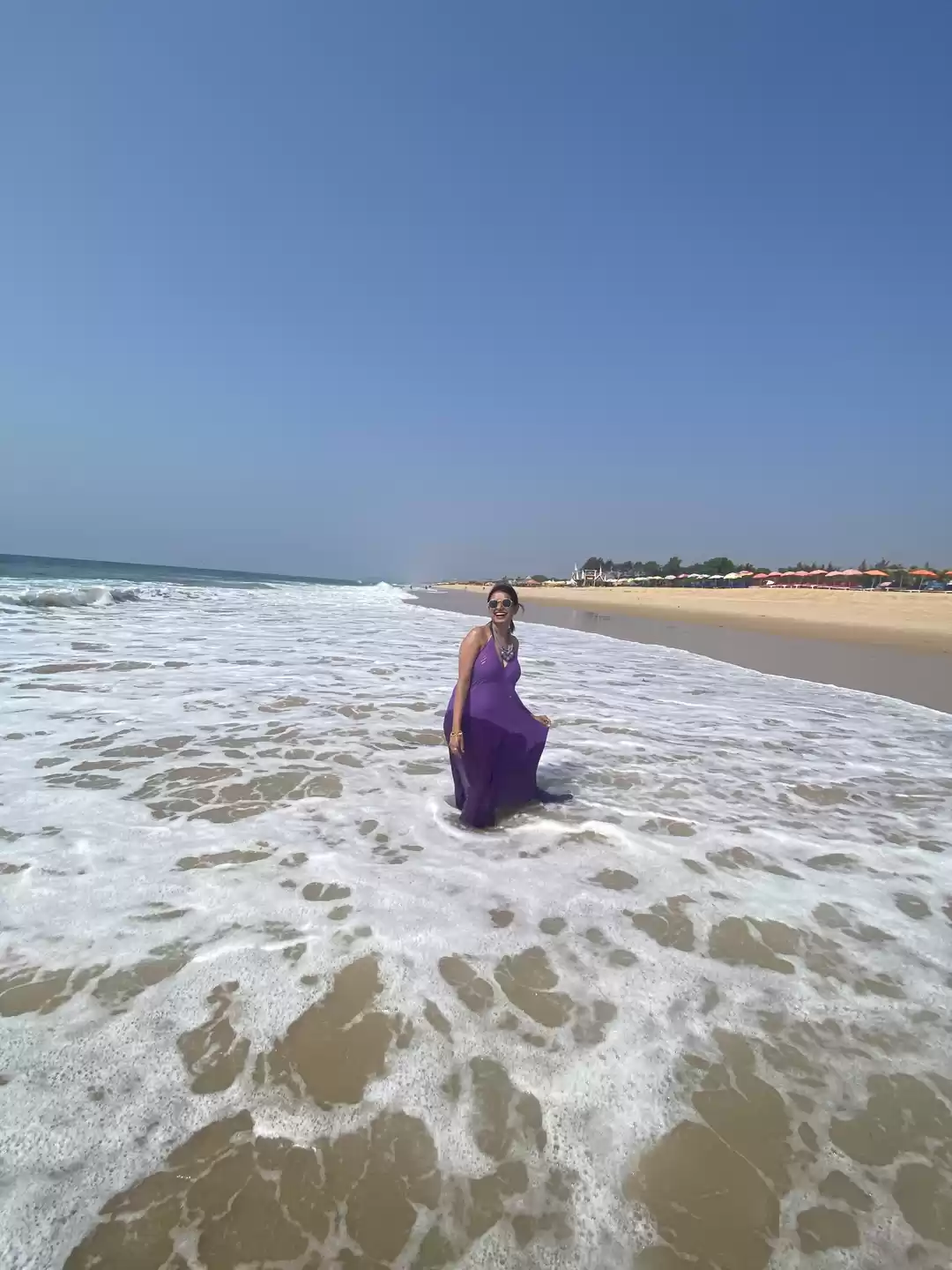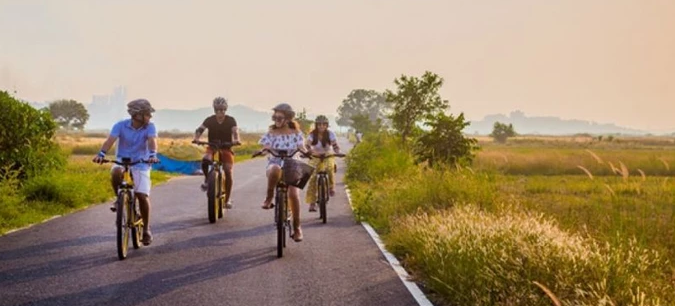If you are looking for a unique and fascinating historical site in Bali, look no further than Goa Gajah, also known as the Elephant Cave. This ancient complex, located near Ubud, is a treasure trove of Hindu and Buddhist art and architecture, dating back to the 11th century. In this article, you will discover the secrets and stories behind Goa Gajah, what to see and do at the site, and what else to do near Goa Gajah. Whether you are a history buff, a culture lover, or a nature enthusiast, you will find something to enjoy at this hidden gem of Bali’s ancient heritage.
What to See and Do at Goa Gajah
Goa Gajah is more than just a cave. It is a sprawling archaeological site that consists of several attractions and features, such as:

The Cave:
The most iconic and intriguing part of Goa Gajah is the shallow cave that is carved into the rock face. The entrance to the cave is a menacing giant face with bulging eyes and a wide mouth, which is believed to represent an elephant or a demon. Inside the cave, you will find three stone idols and a small altar, where incense and offerings are placed by the locals. The cave is dimly lit and has a mysterious and mystical atmosphere.
The Carvings:
The outer wall of the cave is adorned with intricate carvings of forest and animals, such as elephants, snakes, turtles, and birds. These carvings are thought to depict the mythical underworld or the origin of life. Some of the carvings are eroded by time and weather, but they still showcase the remarkable craftsmanship and creativity of the ancient Balinese artists.
The Pools:
In front of the cave, you will see a rectangular pool with six statues of Hindu angels holding waterspouts. The water from the spouts flows into the pool, creating a soothing and refreshing sound. The pool was originally used for ritual bathing and purification, and it is still considered sacred by the locals. You can dip your feet or hands in the water, but be respectful and do not splash or swim in the pool.
The Temple:
Goa Gajah is not only an archaeological site, but also a living temple that is still used by the Balinese for worship and ceremonies. The temple complex is divided into two parts: the northern side, which is dedicated to Buddhism, and the southern side, which is dedicated to Shivaism. You can explore the temple and admire the various statues, shrines, and pavilions that reflect the Hindu and Buddhist influences and elements in the site.
When visiting Goa Gajah, there are some tips and advice that you should keep in mind, such as:
The best time to visit Goa Gajah is in the morning or late afternoon, when the temperature is cooler and the crowds are smaller. Avoid visiting during the rainy season (November to March), as the site can get muddy and slippery.
The entrance fee to Goa Gajah is 50,000 IDR (about 3.5 USD) per person, which includes a sarong that you have to wear to cover your legs. You can also bring your own sarong or scarf if you prefer. The site is open daily from 8 a.m. to 4 p.m.
The dress code for Goa Gajah is modest and respectful, as it is a sacred and historical site. You should wear clothes that cover your shoulders and knees, and avoid wearing anything too revealing or flashy. You should also remove your shoes before entering the cave or the temple.
The etiquette for Goa Gajah is to be quiet and courteous, as it is a place of worship and culture. You should not touch or disturb any of the statues, carvings, or offerings, and you should not take any photos inside the cave or the temple. You should also follow the instructions and signs that are posted around the site, and ask for permission before taking photos of the locals or the priests.
The Secrets and Stories Behind Goa Gajah
Goa Gajah is not only a stunning and impressive site, but also a mysterious and intriguing one. There are many secrets and stories behind Goa Gajah, such as:

What’s in the name?
One of the most puzzling questions about Goa Gajah is the origin and meaning of its name, which literally translates to “Elephant Cave”. There are several theories and legends that attempt to explain the name, such as:
The name is derived from the Sanskrit word “Lwa Gajah”, which means “the river Gajah”, as the site is located near the Petanu River.
The name is inspired by the elephant-headed Hindu god Ganesha, who is one of the idols inside the cave.
The name is related to the Javanese word “Gajah Mada”, which was the name of a powerful prime minister of the Majapahit Empire, which ruled over Bali and other parts of Indonesia in the 14th century.
The name is a misinterpretation of the word “Gua Gajah”, which means “Cave of the Demon”, as the entrance to the cave resembles a demonic face.
Who built it and why?
Another mystery about Goa Gajah is the identity and purpose of its builders and creators. The site is believed to date back to the 11th century, during the reign of King Anak Wungsu of the Balinese Warmadewa Dynasty. However, there is no clear evidence or inscription that confirms this. The site is also thought to have been used as a sanctuary or a hermitage for Hindu and Buddhist monks, who practiced meditation and asceticism in the cave and the surrounding area. However, there is no definitive proof or record of this either. The site is also speculated to have been a place of worship and ritual for the local people, who revered the water, the idols, and the carvings as sacred and powerful. However, there is no conclusive explanation or documentation of this as well.
What are the hidden secrets and treasures?
One of the most fascinating aspects of Goa Gajah is the possibility of hidden secrets and treasures that are yet to be discovered or revealed. The site is known to have undergone several excavations and restorations over the years, which have uncovered and exposed some of the features and attractions that we see today, such as the pool, the courtyard, and the temple. However, there may be more secrets and treasures that are still buried or concealed under the ground or behind the walls, such as:
More caves and tunnels that connect to other parts of the site or to other nearby sites, such as the Yeh Pulu Temple or the Pejeng Village.
More carvings and statues that depict more scenes and stories from the Hindu and Buddhist mythology and history.
More relics and artifacts that reveal more information and insights about the culture and lifestyle of the ancient Balinese people and monks.
To explore and uncover the secrets and stories behind Goa Gajah, you can join one of the guided tours that are offered by the local guides or the official staff. You can also do your own research and reading before or after visiting the site, or you can ask the locals or the priests for more details and anecdotes. You can also participate in some of the interactive and multimedia elements that are available at the site, such as:
Videos: There are several video screens and projectors that show documentaries and animations about the history and significance of Goa Gajah, as well as the legends and myths that surround the site.
Maps: There are several maps and diagrams that illustrate the layout and the features of the site, as well as the location and the distance of the other nearby sites and attractions.
Quizzes: There are several quizzes and puzzles that test your knowledge and understanding of Goa Gajah, as well as your observation and memory skills. You can also challenge your friends or family to see who can score higher or faster.
Polls: There are several polls and surveys that ask for your opinion and feedback about Goa Gajah, as well as your preferences and interests. You can also see the results and statistics of the other visitors and compare them with yours.
What Else to Do Near Goa Gajah
Goa Gajah is not the only attraction that you can enjoy near Ubud. There are many other things that you can do and see near Goa Gajah, such as:
The Rice Fields:
One of the most scenic and relaxing things that you can do near Goa Gajah is to visit the rice fields and the streams that are located at the southern end of the complex. You can walk along the paths and bridges that cross the fields and the water, and admire the lush and green landscape. You can also see the farmers and the workers who tend to the crops and the irrigation system, and learn more about the traditional and sustainable methods of rice cultivation in Bali.
The Markets:
One of the most fun and exciting things that you can do near Goa Gajah is to visit the markets and the shops that are located along the roadside and the parking area before the site. You can browse and buy a variety of souvenirs and handicrafts that are made by the local artisans and vendors, such as paintings, sculptures, masks, textiles, jewelry, and more. You can also bargain and haggle for the best prices and deals, and practice your Indonesian or Balinese language skills.
The Museums:
One of the most educational and cultural things that you can do near Goa Gajah is to visit the museums and the galleries that are located in the nearby town of Ubud. You can explore and admire the rich and diverse collection of art and artifacts that showcase the history and heritage of Bali, such as paintings, sculptures, textiles, masks, puppets, and more. Some of the most popular and recommended museums and galleries that you can visit are the Neka Art Museum, the Agung Rai Museum of Art, the Blanco Renaissance Museum, and the Puri Lukisan Museum.
The Activities:
One of the most adventurous and thrilling things that you can do near Goa Gajah is to try some of the activities and experiences that are offered by the local operators and guides. You can choose from a variety of options, such as rafting, cycling, hiking, yoga, cooking, and more. You can also customize your own itinerary and package, depending on your preferences and interests. Some of the most fun and exciting activities and experiences that you can try are the Ayung River Rafting, the Bali Bike Tour, the Campuhan Ridge Walk, the Ubud Yoga Retreat, and the Balinese Cooking Class.
Getting There
There are several ways to get to Goa Gajah, depending on where you are coming from and how you prefer to travel. Here are some of the most common and convenient options:
If you are in Central Ubud, you can use a ride-sharing app like Grab or Go-jek to book a motorbike or taxi to Goa Gajah. The ride should take about 10 minutes and cost around 30,000 IDR (about 2 USD).
If you are in other parts of Bali, you can hire a private car and driver to take you to Goa Gajah and other nearby attractions. You can book a car and driver online or through your hotel or travel agency. The price may vary depending on the distance and duration of the trip, but you can expect to pay around 500,000 IDR (about 35 USD) for a full-day tour.
If you are feeling adventurous, you can rent a scooter and drive to Goa Gajah yourself. However, this option is not recommended for inexperienced or unlicensed riders, as the road conditions and traffic rules can be challenging and dangerous. You can rent a scooter in Ubud or other towns for around 50,000 IDR (about 3.5 USD) per day, but you will also need to pay for gas and parking.
Goa Gajah is a must-see historical site in Bali that will amaze and inspire you with its ancient and mysterious beauty. By visiting Goa Gajah, you will not only witness the stunning and impressive features and attractions of the site, such as the cave, the carvings, the pools, and the temple, but also discover the secrets and stories behind the site, such as the origin and meaning of the name Elephant Cave, the identity and purpose of the builders and creators, and the hidden secrets and treasures that are yet to be revealed.
You will also enjoy the other things that you can do and see near Goa Gajah, such as the rice fields, the markets, the museums, and the activities. Whether you are a history buff, a culture lover, or a nature enthusiast, you will find something to enjoy at this hidden gem of Bali’s ancient heritage.
So, what are you waiting for? Book your trip to Goa Gajah today and experience the magic and mystery of this amazing site. And don’t forget to share your thoughts, questions, or experiences in the comments section below. We would love to hear from you!























